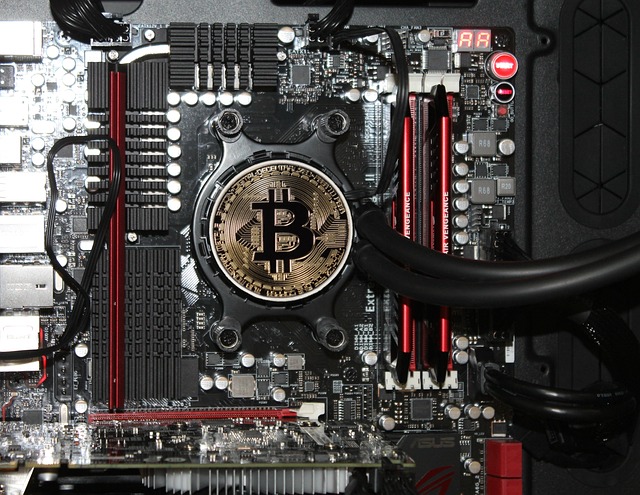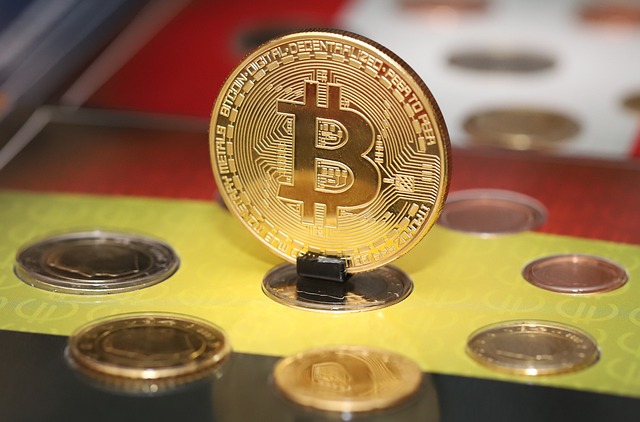Stablecoins offer unique stablecoin advantages that bridge traditional finance and cryptocurrencies. By pegging their value to fiat currencies or commodities, they minimize price volatility, attracting mainstream investors. Their decentralized nature ensures transparency, security, and faster cross-border transactions ideal for international remittances. Stablecoins also promote financial inclusion for unbanked populations globally. These advantages revolutionize monetary policy, offering real-time transaction data and enhanced stability through integration with CBDCs and traditional assets like the US dollar. Stablecoins provide market stability and risk mitigation, fostering wider adoption while preserving growth potential. However, regulators must address consumer protection, AML, and KYC issues to build trust and navigate systemic risks. With immense potential, stablecoins can transform global finance by facilitating fast, borderless transactions at low costs.
Stablecoins are transforming global finance with their unique monetary policy implications. This article delves into the understanding, advantages, and future potential of stablecoins, particularly in comparison to Central Bank Digital Currencies (CBDCs). We explore how these digital assets enhance market stability, mitigate risks, and offer unprecedented benefits for financial systems. By examining regulatory considerations and emerging trends, we uncover why stablecoin advantages make them a game-changer in today’s digital economy.
- Understanding Stablecoins and Their Unique Properties
- Advantages of Stablecoin Monetary Policy
- Central Bank Digital Currencies (CBDCs) and Stablecoins
- Market Stability and Risk Mitigation Strategies
- Regulatory Considerations for Stablecoin Adoption
- The Future of Stablecoins in Global Finance
Understanding Stablecoins and Their Unique Properties

Stablecoins are a type of cryptocurrency designed to minimize price volatility, one of the key challenges faced by traditional cryptocurrencies like Bitcoin and Ethereum. They achieve this through various mechanisms, often involving collateralized reserves or algorithms that adjust supply to maintain a stable value, typically pegged to a fiat currency like the US Dollar or Euro, or even other commodities. This makes stablecoins particularly attractive for users seeking the benefits of digital assets without the risk of rapid price fluctuations.
The unique properties of stablecoins offer several advantages. They serve as a bridge between traditional finance and the decentralized world of cryptocurrencies, facilitating easier adoption by mainstream investors who prefer the stability of fiat currencies. Additionally, stablecoins enable faster and cheaper cross-border transactions, making them ideal for international remittances and trade. Moreover, their decentralized nature ensures transparency and security, while also providing financial inclusion to unbanked or underbanked populations around the globe.
Advantages of Stablecoin Monetary Policy

Stablecoins offer a unique and advantageous monetary policy approach, providing several key benefits that enhance both financial stability and market efficiency. One of their primary strengths lies in mitigating volatility, a common issue in traditional cryptocurrencies. By pegging their value to a stable asset, whether fiat currency or commodities, stablecoins ensure price stability, making them an attractive option for investors and merchants seeking less risky transactions. This feature fosters a more inclusive financial ecosystem, encouraging wider adoption.
Furthermore, the decentralized nature of stablecoins allows for increased accessibility and transparency. Unlike centralized banks, these digital assets enable users to have control over their funds while ensuring security through advanced cryptographic methods. This decentralization promotes financial independence and empowers individuals to participate in global economic activities, potentially bridging the gap between traditional banking and modern digital finance.
Central Bank Digital Currencies (CBDCs) and Stablecoins

Central Bank Digital Currencies (CBDCs) and stablecoins represent a significant evolution in monetary policy, offering unique advantages in today’s digital era. CBDCs are digital forms of fiat currency issued and backed by central banks, while stablecoins are cryptocurrencies designed to minimize volatility through various mechanisms, often pegged to traditional assets like the US dollar. The integration of these technologies presents a promising future for financial systems.
One of the key benefits is enhanced monetary control and efficiency. CBDCs can provide real-time transaction data, allowing central banks to monitor economic activities more effectively. Stablecoins, with their stability, can facilitate smoother international transactions and improve payment infrastructure, potentially reducing costs and increasing accessibility compared to traditional cross-border remittances. This combination of advanced technologies promises to revolutionize global finance, leveraging the advantages of both digital innovation and stable currency principles.
Market Stability and Risk Mitigation Strategies

Stablecoins offer significant advantages in terms of market stability and risk mitigation, making them a compelling choice for investors and financial institutions alike. Their design incorporates mechanisms to preserve value, often through collateralization or algorithm-based stabilization. This ensures that stablecoins maintain a steady peg to a designated asset or basket of assets, shielding them from the volatility plaguing traditional cryptocurrencies.
By employing these strategies, stablecoins provide a safer alternative for transactions and storage of value. They cater to the need for digital assets with minimal risk, which is crucial in fostering wider adoption and acceptance. This stability is particularly beneficial in dynamic financial markets, offering investors a haven during turbulent times while preserving the potential for growth and returns.
Regulatory Considerations for Stablecoin Adoption

The adoption of stablecoins, a type of cryptocurrency designed to minimize volatility, presents both opportunities and challenges for global financial systems. Regulatory bodies must carefully consider the unique characteristics of stablecoins to facilitate their integration while mitigating potential risks. One key aspect is understanding how stablecoins can enhance financial inclusion and cross-border transactions, given their ability to bridge the gap between digital assets and traditional fiat currencies. However, regulatory considerations extend beyond these advantages.
Regulators need to address issues such as consumer protection, anti-money laundering (AML), and know-your-customer (KYC) protocols, especially with decentralized stablecoins. Ensuring transparency, auditability, and compliance with existing financial regulations is crucial for building trust among investors and the general public. Additionally, navigating the complex relationship between stablecoin issuance, reserve assets, and potential systemic risks requires meticulous attention to prevent financial instability.
The Future of Stablecoins in Global Finance

The future of stablecoins is poised to revolutionize global finance, leveraging their inherent advantages to enhance financial stability and accessibility. As digital currencies gain traction, stablecoins offer a unique proposition by maintaining a 1:1 peg with fiat currencies like the US Dollar, thus mitigating volatility concerns. This feature makes them an attractive option for international transactions, cross-border payments, and remittances, potentially displacing traditional banking systems.
With their ability to facilitate fast, borderless transactions at low costs, stablecoins are set to become a cornerstone of the global financial landscape. Moreover, they provide a bridge between cryptocurrency and traditional finance, encouraging mainstream adoption by addressing regulatory and stability issues. The future holds immense potential for stablecoins to foster financial inclusion, empower unbanked populations, and create a more efficient, transparent, and resilient monetary system.
Stablecoins offer a promising avenue for enhancing monetary policy, providing numerous advantages such as reduced volatility and improved transaction efficiency. As central bank digital currencies (CBDCs) gain traction, the integration of stablecoins into global finance becomes increasingly feasible. To harness their full potential, however, regulatory bodies must address key considerations regarding market stability and risk mitigation. By fostering a robust regulatory framework, stablecoins can play a pivotal role in shaping the future of international financial systems, ensuring greater accessibility, security, and resilience.
